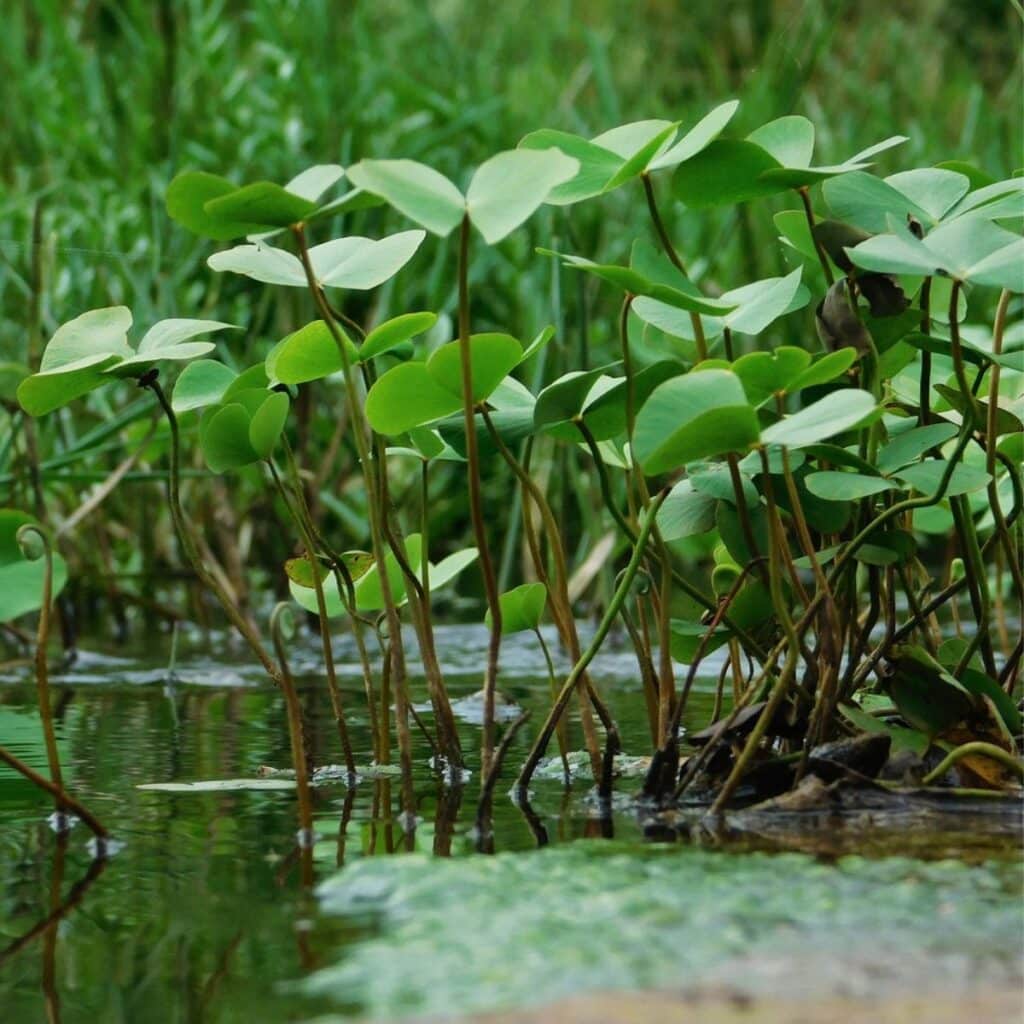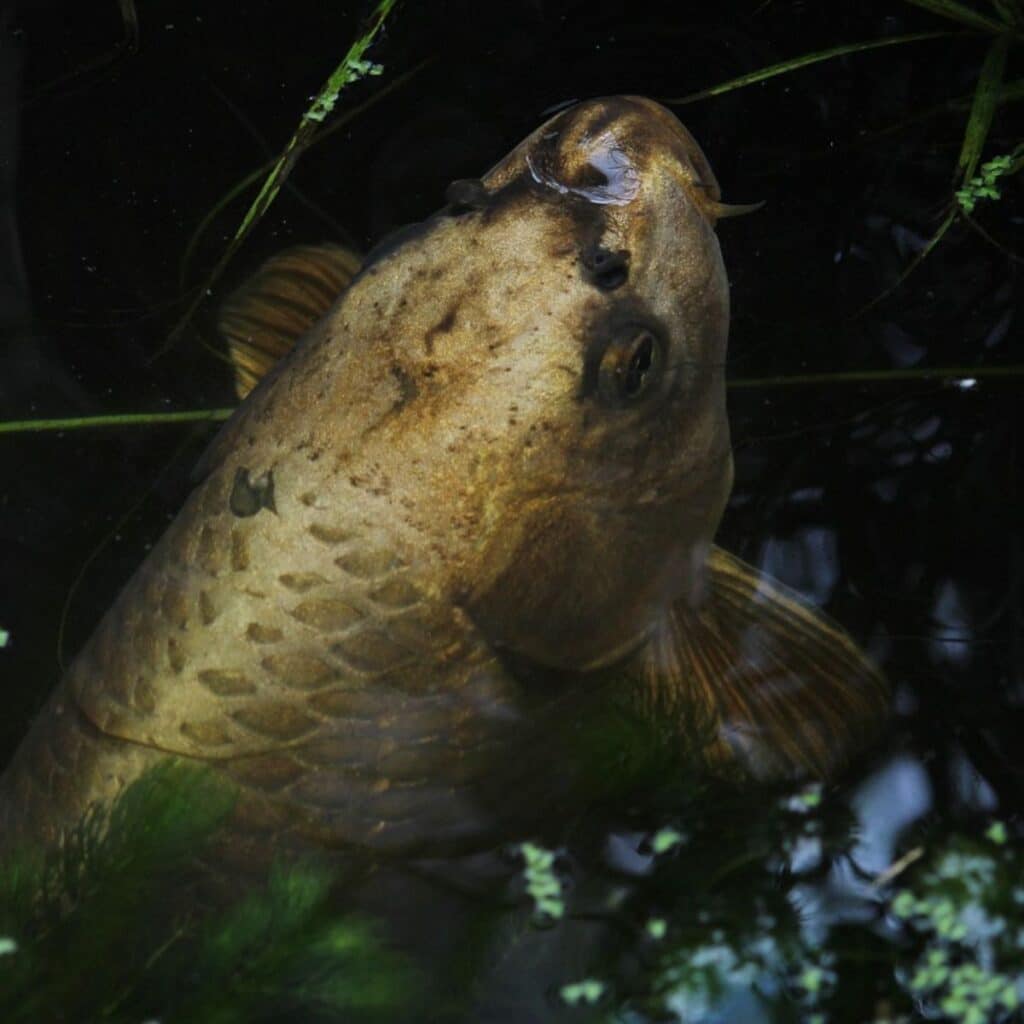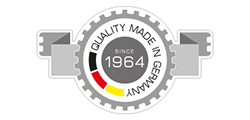How to get rid of aquatic plants?
Aquatic weeds are unwelcome guests, who show up uninvited and truly don’t know when it’s time to leave. Many ponds or lakes can be free of aquatic weeds for a long time. Then out of a sudden, a new aquatic plant shows up and overtakes the waterway within a few seasons.
Invasive aquatic plants and their consequences
These types of weeds are called invasive plants. These non-native plants do not have local predators that would regulate their growth, which then leads to the invasive plants outcompeting the local native plants.
Some examples are:
Duckweed
Elodea Canadensis
Water Hyacinth
These plants will reduce the water quality, impact the local flora and fauna as well as reduce the usability of the water for recreational use.
What to do against aquatic plants?
First and foremost, experience has shown that fighting these plants early will make it
much easier. Once the waterway has been overtaken by the plant, removing it can be
a tedious task.
The rate of removal must be much higher than the rate of reproduction of the plants.
Otherwise, you might remove some plants but will never get rid of them.
Three proven methods for tackling the problem

1. the manual labour method
For small ponds like your backyard fish pond
Using manual tools to remove aquatic weeds is a simple and environmentally friendly
approach. This method includes using tools such as rakes, nets, or weed cutters to
clear weeds directly from the water. It’s particularly effective for smaller areas or
specific weed patches. Tackling weeds early in their growth stages can prevent them
from spreading further.
Manual Removal Tips:
Opt for tools designed for aquatic vegetation to improve efficiency.
Ensure all removed plants are properly disposed of to prevent regrowth.
2. Introduction of grass carp to a pond
Using Natural Predators promises a long-term solution and minimal continuous
efforts. Biological control introduces plant-eating species to control weed overgrowth
naturally. For instance, introducing Grass Carp is a proven method to manage
submerged and floating weeds. These fish consume a substantial amount of
vegetation daily, making them an effective long-term solution.
Natural Predator Tips
Check if you need a permit to introduce these fish to your pond.
Anecdotal there have been cases reported where grass carp from
aquacultures were not eating aquatic weeds, as they were used to pellet
feeding.

3. Mechanical Removal by Machinery
For larger ponds
For larger waterbodies or severe infestations, mechanical methods offer efficient and
scalable solutions. Specialized equipment, such as aquatic weed harvesters, can cut
and collect large amounts of floating vegetation. Harvesters often feature hydraulic
systems, cutting blades, and conveyor belts to transport debris for disposal. Multiple
harvests during the growing season can help manage regrowth effectively.
Mechanical Removal Tips
Clean the machine before moving between ponds, to reduce the risk of
spreading the weeds.You can choose between contractors, buying machinery and renting
machinery. Whatever is best for your financial and operational capabilities.
Innovative machine solutions for removing aquatic weeds
We at BERKY are mainly focusing on supporting contractors, cities, and government agencies, to improve their aquatic weed removal capabilities. For this, we are focusing solely on the mechanical removal by machinery.
We believe that this method and its continuous improvement are necessary to tackle the world’s fight against invasive aquatic vegetation. This method combines the benefits of effectiveness and cost-efficiency.
CONTACT US NOW
Request a quotation or have questions about our products?
Find your perfect solution fast
Discover our selection of boats and use our configurator to find your ideal solution



